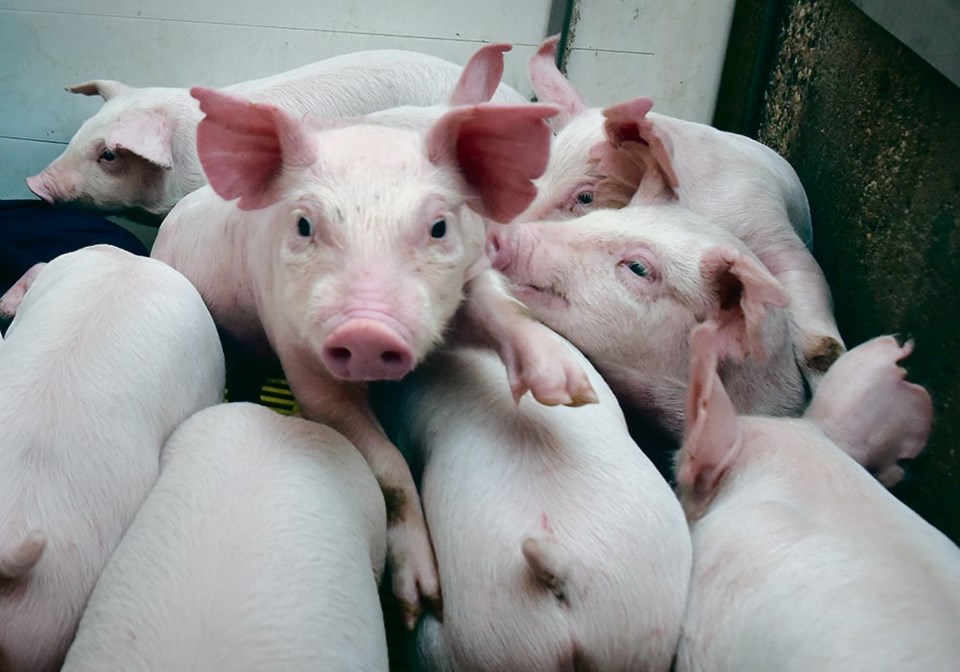WESTERN PRODUCER — Some basic areas of pig nutrition are still poorly understood, Prairie Swine Centre nutrition researcher Dan Columbus told the Animal Nutrition Conference of Canada.
“Research is very hard to do in sows. It takes a long time. It’s expensive,” said Columbus, while explaining why he thinks sow diet formulation is so crudely done.
“Overall the recommendations are outdated and largely … based on models.”
Columbus said sow nutrition and the functioning of low birthweight pigs aren’t understood well within the hog industry and by nutritionists. The needs of sows and small pigs may not be met so results are worse than necessary.
Low birthweight pigs are often assumed to grow slowly and poorly simply because they are small and therefore tend to eat less than bigger pigs. However, Columbus said studies have shown that even adjusting for different feed intakes, low birthweight pigs do worse in growing and in fighting disease.
They have poor feed efficiency. They have worse heart health. Their circulatory systems don’t work as well as those of other pigs in the litter.
“They are fundamentally different,” said Columbus.
“It’s not just a low feed intake issue.”
Considering the importance of sow health for everything else in pig production, one might expect it to be keenly studied. However, due to the cost and complications, sow diets are less developed than many grow-finish diets, despite the much greater demands placed on them during gestation.
“We fully understand that a grow-finish piglet has different diet recommendations and different nutrient recommendations over its lifetime… We feed a sow one diet throughout gestation and maybe a little bit more at the end and think that’s going to be good for her,” said Columbus.
“Why would we ever think that one diet is good enough for this?”
Precision feeding, often incorporating electronic sow feeders, is giving nutritionists and producers much more insight on how individual animals are doing. That will likely lead to more phase feeding, Columbus said.
Livestock animals are evolving. Feedstuffs are changing. Understanding better how the needs of one and the potential of the other can be more precisely brought together will be key for improving livestock health, efficiency and production, Columbus said.




